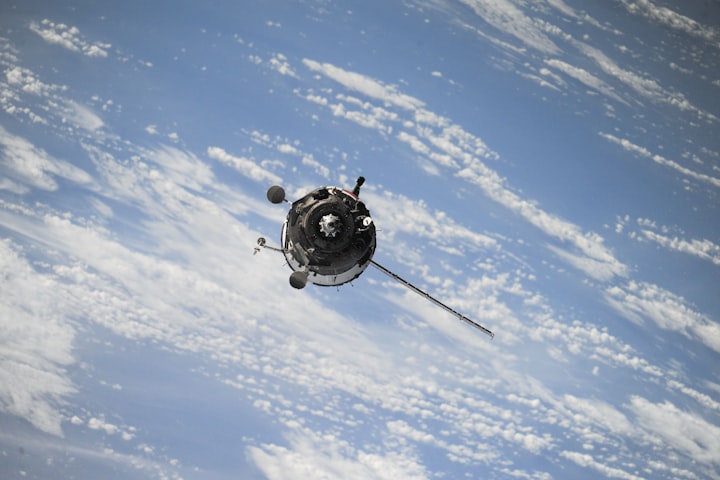What will life be like in 2050?
What will life be like in 2050?

Small chips are inserted into our bodies at birth, and at the same time, the umbilical cord is cut. People give birth to babies in their laboratories in their living rooms that look like fish tanks. They will have children on board, said Faith Popcorn.
In the future, more and more people will need to use recycled drinking water. The idea of drinking water from used sewage or other human resources is being rejected by many in the community, who prefer to come from the mountains and clean rivers, said Childress. In addition to recycled water, the people of California will rely heavily on salty seawater by 2050, he predicted.
As we will see in the second phase, the world's population is expected to grow significantly by 2050. But the number of more people exposed to dangerous levels of air pollution will drop by 7% - the global population will be 656 million, compared to 4.85 billion in our business as a whole.
The number of extreme events such as hurricanes and famines affecting more than a million people over the next 45 years will increase under certain conditions of global development. Cities like Miami, Shanghai, and Dhaka will not be inhabited like Atlantis, scattered along the continent's coast, its buildings rising from the water, their people being evacuated or dying. The land of those who choose to live on the coast because it is their home will have to do more than just cope with rising water and floods, they will also see a decline in fishing-based livelihoods.
As the oceans absorb carbon dioxide, the water will become more acidic and the pH will be closer to marine life, and countries will restrict fishing from overseas water.
Many people emphasize that there are very few fish to be enjoyed in the end - an issue that is hard to disprove in many parts of the world but only for those who have already disappeared.
Many people insist that the few remaining fish should be eaten as long as they remain - a controversial issue in many parts of the world but very effective. As the oceans absorb carbon dioxide, the water becomes acidic and hostile to marine life, and some countries forbid fishing in overseas waters. Remnants on the coast will see a decline in fishing-based livelihoods.
For a long time, Bento said, scientists have been more concerned with finding their types of climate organized than in assessing the risks involved, and have failed to communicate how these changes will affect daily life.
Travel, travel, shopping, food, and life - all of this will change in 2050 when people realize their impact on the world. The new report looks three decades earlier and foresaw radical changes in housing and construction inspired by new technologies, human change, and climate change. Future homes will go into neighborhood energy programs, have flexible floor plans, and use advanced technology to make automated decisions about temperature, security, and postal delivery, according to the report.
The description of the future, in terms of changes in factors such as the economy, population growth, climate change, and trade, is based on what 2050 will look like and what will happen to the world in 2000.
At the end of the century, climate change will be a major cause of loss of biodiversity and changes in natural resources. Without an increase in the food supply, food security will remain elusive for most people, and child malnutrition will not be eliminated or eliminated in the decades to come. According to the MA, some ideas will be fulfilled by 2050: water will be plentiful in some regions, but with climate change, the pressure on natural systems will increase to provide water supply to meet growing demand.
In addition, the ability to connect will change the way we live. AI, on the other hand, will enable billions of devices, sensors, and geotags to connect countless dots in the real world with the Internet. The experiences of other people around the world are conveyed by the unpopular reality of taxpayers that we see and real reality (AR / VR) with the help of artificial intelligence.
The proliferation of wireless Internet, satellite, and blockchain technology means that people will be connected forever. Because of this, politics will look like city hall meetings and visual events in which more people can participate. One of the things people will do in 2050 is to use them and bring them to their door.
Instead of relying on fossil fuels, the book relies on renewable energy sources such as wind, solar, global warming, and electric power, as well as artificial intelligence, which will make them more efficient. In the future, Figueres and Rivett-Carnac write, the city's streets will be lined with trees, a few cars, and Americans will ride high-speed trains. The air will be cleaner than it was during the Industrial Revolution, they wrote.
After all, according to the book, future generations will not eat meat or dairy products. Author of the book, now published on Amazon.com.
For a long time, Bento was confident that leaders would address the pressing problem of climate change based on global consensus but focused on far-reaching solutions to his policies. Examine how local policy changes can benefit countries.
About the Creator
Rosan Pandey
Hi there!





Comments
There are no comments for this story
Be the first to respond and start the conversation.